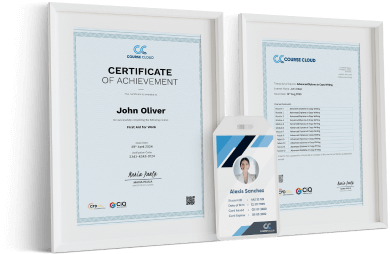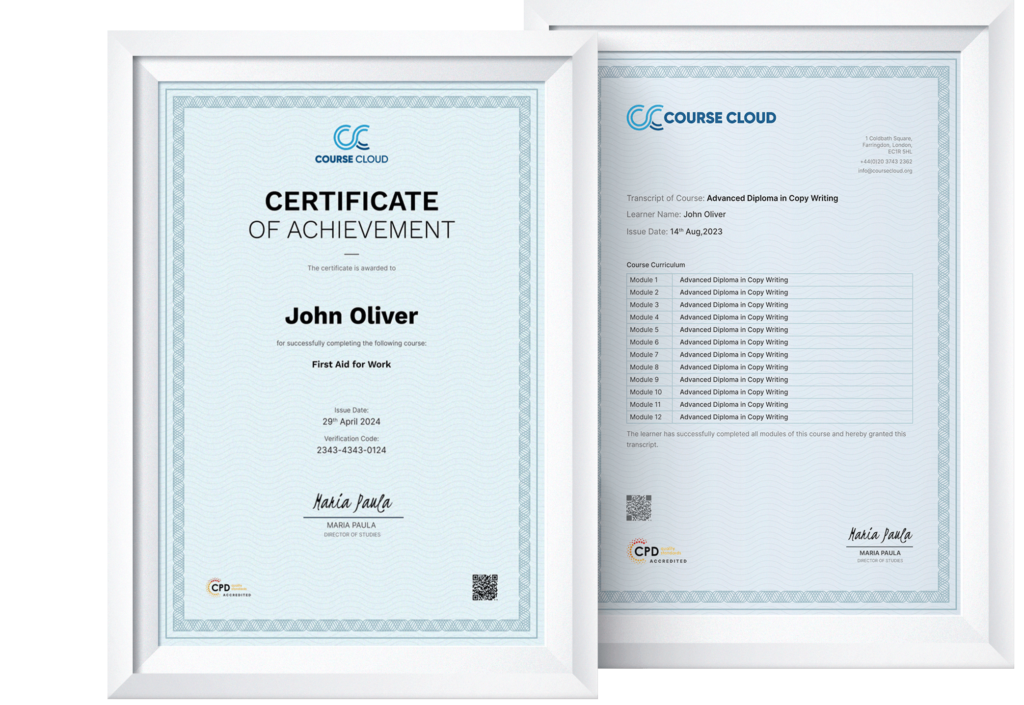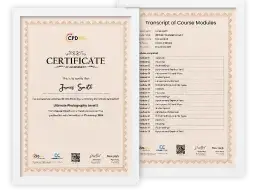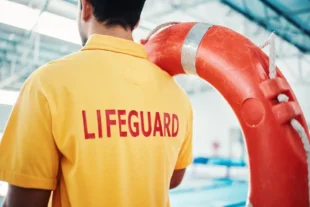Welcome to
Course Cloud
the best place for online learning!
Log In
Sign Up
Don’t have an account yet? Sign Up
Decision Making and Critical Thinking
Strong decision-making and critical thinking skills are essential for problem-solving, analyzing information, and making informed choices in both professional and personal life. The Decision Making and Critical Thinking Course provides the tools needed to assess situations logically, evaluate claims, and overcome biases that can cloud judgment.
8 enrolled on this course
( 50% Off Limited Time )

This Course Includes
- 9 Units
- 1 Year Access
- 3 hours, 22 minutes
- Intermediate
- Accredited Certificate






Frequently asked questions
Can’t find the anwser you’re looking for ? Reach out to customer support team.
Critical thinking plays a crucial role in decision-making by enabling individuals to analyze information, assess potential outcomes, and make informed choices. It helps in identifying biases, questioning assumptions, and evaluating the reliability of sources before reaching a conclusion. By applying logic and reasoning, critical thinkers can weigh options carefully and avoid impulsive or emotionally driven decisions.
The four key steps of critical thinking in decision-making involve identifying the issue, gathering and analyzing relevant information, considering alternative solutions, and making a well-reasoned choice. These steps ensure that decisions are made based on logic, evidence, and rational evaluation rather than assumptions or personal biases.
Critical decision-making is the process of making judgments based on thorough analysis, logical reasoning, and problem-solving techniques. It involves examining all aspects of a situation, evaluating potential risks and benefits, and selecting the best course of action based on objective criteria.
Critical thinking, problem-solving, and decision-making are closely related skills that contribute to effective judgment. Critical thinking provides the foundation for analyzing issues, problem-solving focuses on identifying and implementing solutions, and decision-making involves selecting the best option among available choices. Together, these skills enable individuals to approach challenges with clarity and confidence.
Critical thinking enhances confidence in decision-making by providing a structured approach to evaluating information and assessing risks. When individuals base their decisions on logical analysis and factual evidence, they feel more assured in their choices. This confidence reduces uncertainty and helps in defending decisions with strong reasoning.
Critical thinking can be challenging because it requires individuals to question their assumptions, confront biases, and process complex information objectively. Many people struggle with critical thinking due to cognitive biases, emotional influences, and a lack of exposure to structured reasoning techniques. Developing this skill takes practice, patience, and a willingness to challenge one’s own beliefs.
Effective decision-making involves several key steps: defining the problem, gathering relevant information, evaluating different options, considering potential consequences, making a choice, implementing the decision, and reviewing the outcome. Critical thinking helps refine each of these steps by ensuring that reasoning is logical and evidence-based.
Problem-solving is a component of critical thinking, as it involves analyzing challenges, identifying possible solutions, and implementing effective strategies. Critical thinking enhances problem-solving by helping individuals assess different approaches, anticipate obstacles, and choose the most effective course of action.
The critical decision-making model (CDM) is a structured approach used in high-stakes environments, such as emergency response and law enforcement, to enhance decision-making under pressure. It involves defining the situation, gathering relevant information, assessing risks, considering available resources, developing strategies, and implementing the best solution.
The four C’s of critical thinking are Clarity, Credibility, Consistency, and Creativity. Clarity ensures that ideas are well-defined and easy to understand. Credibility focuses on assessing the reliability of sources. Consistency ensures logical reasoning and coherence, while creativity enables individuals to develop innovative solutions to problems.
Becoming a better critical thinker requires practicing analytical skills, questioning assumptions, evaluating sources objectively, and considering multiple perspectives before forming conclusions. Engaging in structured decision-making exercises, reading widely, and participating in discussions that challenge personal viewpoints can also strengthen critical thinking skills.
The critical approach to decision-making involves analyzing problems systematically, considering all possible outcomes, and making choices based on logical reasoning rather than intuition or emotions. This approach ensures that decisions are well thought out, reducing the likelihood of errors or unintended consequences.
An example of critical thinking is evaluating a news article for bias before accepting it as fact. Instead of immediately believing the information presented, a critical thinker would check the credibility of the source, compare it with other reports, and assess whether any logical fallacies or misleading claims are present.
The critical decision method (CDM) is a technique used to analyze decision-making processes, particularly in high-pressure environments. It involves reviewing past decisions, identifying key decision points, evaluating reasoning processes, and improving future decision-making strategies based on lessons learned.
While critical thinking is highly beneficial, it can sometimes lead to over-analysis, decision paralysis, and slower response times, especially in situations requiring quick action. Some individuals may also find it challenging to balance critical evaluation with intuitive decision-making. Additionally, excessive skepticism may create difficulty in trusting others or taking action when necessary.


 Get Accredited Certificate
Get Accredited Certificate



 ALL COURSES FOR
£49
ALL COURSES FOR
£49

